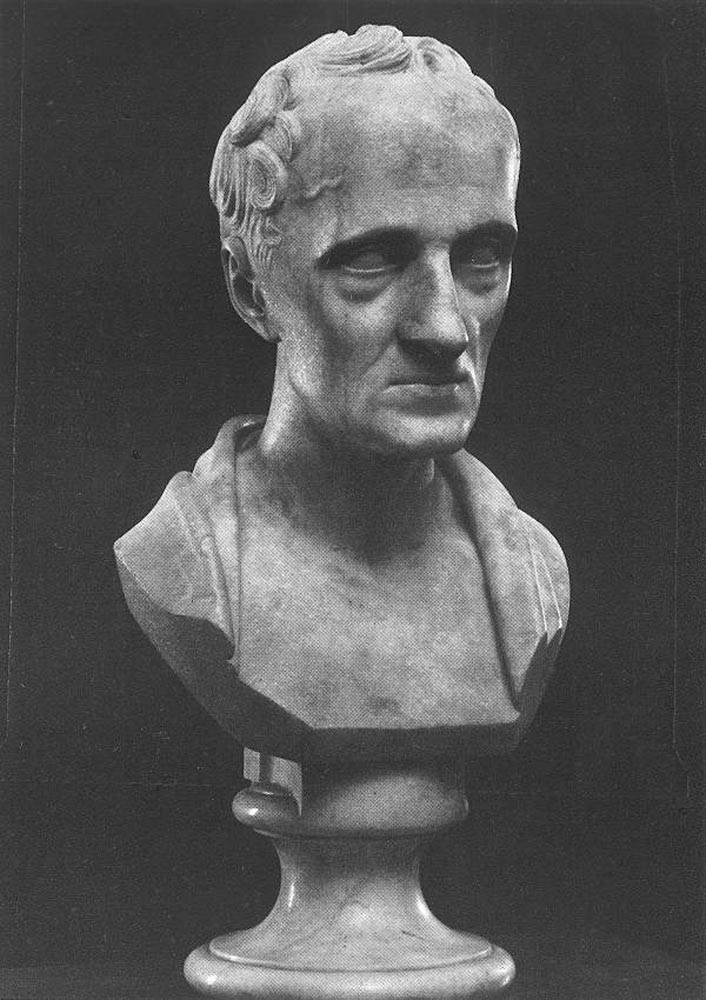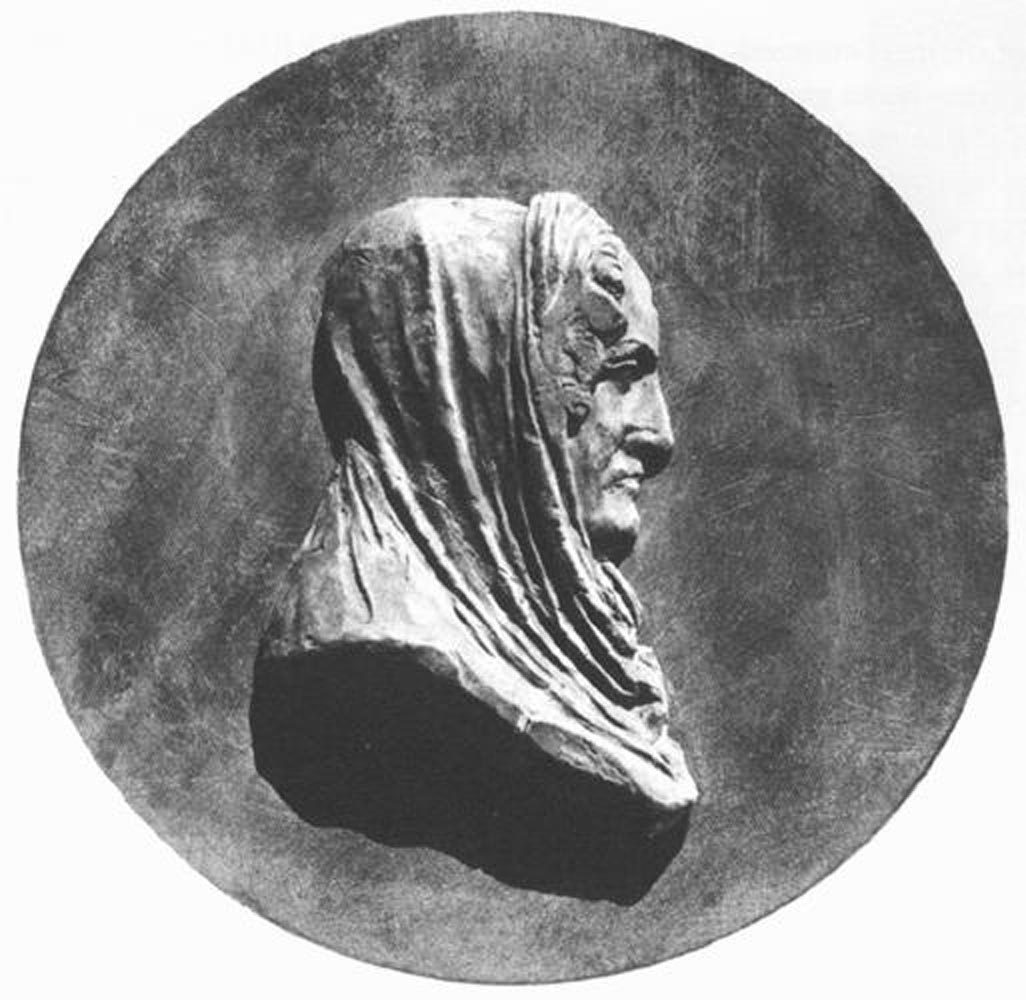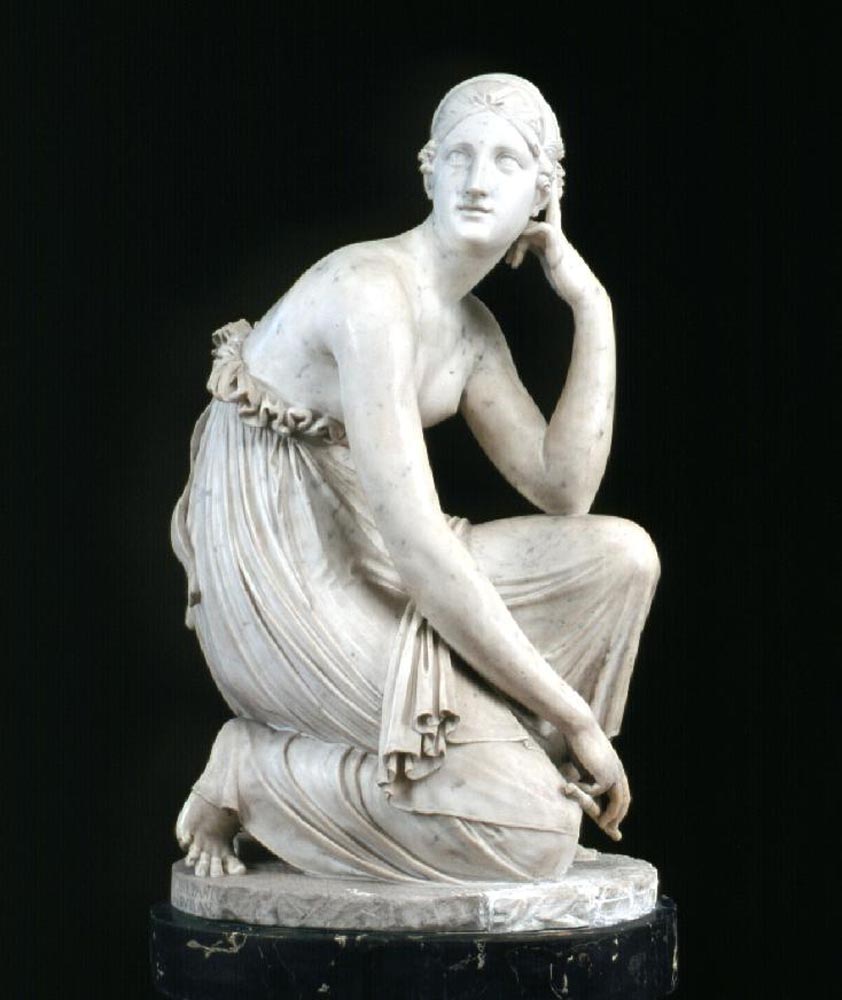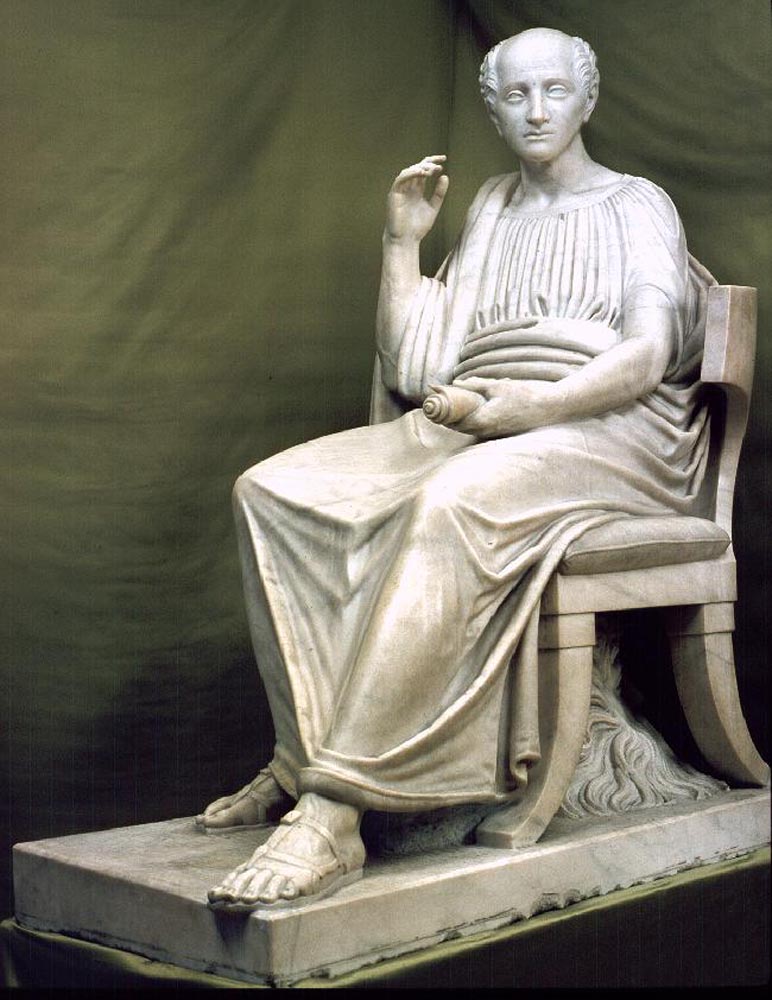<Back to Index>
- Anatomist Bernhard Siegfried Albinus, 1697
- Sculptor István Ferenczy, 1792
- 2nd President of Portugal Joaquim Teófilo Fernandes Braga, 1843
PAGE SPONSOR

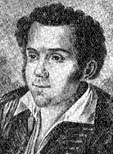
István Ferenczy (February 24, 1792 – July 4, 1856) was a nineteenth century Hungarian sculptor.
Ferenczy was born in Rimaszombat. After being apprenticed to his father, a locksmith, he attended a course on copperplate engraving at the Vienna Academy where he was awarded for his medal "Solon".
After studying under Fischer and Kleiber at the Academy in 1817 where he learned sculpture, in 1818 he walked to Rome and spent six years on a scholarship there where he worked in the workshop of Thorvaldsen, a Danish artist.
In 1819 he sent his first works ("Reposing Venus", "Portrait of Csokonai", "Shepherdess or the Beginning of Fine Crafts") to Hungary and they brought him several scholarships and, as a result, he became Canova's pupil for two years.
Inspired by his progressive artistic education, Ferenczy returned to Hungary in 1824. where by the 1830s he had modeled the portraits ("Ürmélyi", "Rudnay", "Kazinczy", etc.), tombs ("Kulcsár", "Szánthó", "Fornay", ), and altarpieces ("The Blessed" in Vál", "The Martyrdom of St. Stephen" in Esztergom,) and some smaller memorials ("Károly Kisfalady" in Muzeumkert, Budapest).
It was Ferenczy who discovered marble in Ruszicka. Travels and excavations cost him much of his fortune. He completed the "Statue of Kölcsey", his major work in 1846 but retired from larger sculpture work from 1847 onwards. Only the statue of "Eurydike", one of his best works, and small clay statuettes occupied his time in the 1850s.
Ferenczy made a number of exerted attempts to establish a school of sculpture in Hungary and it was his mission to establish and promote national art in Hungary. However he proved to be unsuccessful in setting up a sculptural school, but many of his works remain in the Hungarian National Gallery as a symbol of Hungarian art during the first half of the nineteenth century.
Ferenczy died in 1856 in Rimaszombat.
